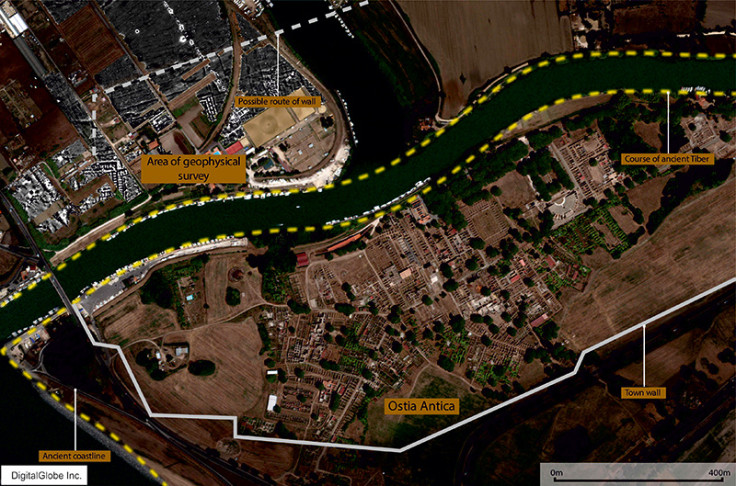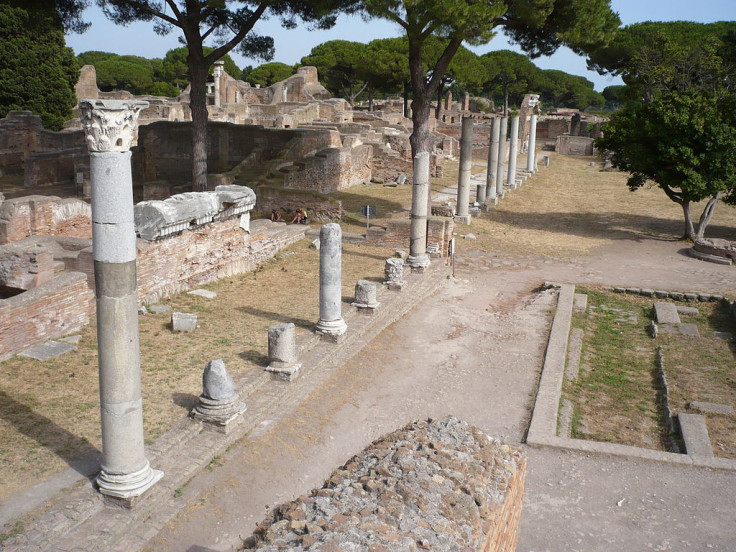Newly Discovered Ruins Prove Ancient Roman Port Ostia was 40% Bigger Than Thought

UK researchers have discovered a new section of the boundary wall belonging to the ancient Roman port city of Ostia, which proves that the city was at least 40% larger than has previously been estimated.
The Portus Project, led by Professor Simon Keay from Southampton University and Professor Martin Millet from Cambridge University, surveyed an area of land lying between Ostia and another Roman port called Portus. Both ancient ports are located about 48km away from Rome.
It was previously thought that the Tiber, Italy's third-longest river, formed the northern edge of Ostia. The land around the city was known in antiquity as the Isola Sacra and was surrounded by a major canal to the north, the river Tiber to the east and south, and the Tyrrhenian sea to the west.

Ostia, which means "mouth" in Latin, is thought to have been founded by Ancus Marcius, the fourth king of Ancient Rome in 7th century BC. From its origins as an army camp, it developed into a city by 4th century BC and became a port in 2nd century AD.
At the southernmost side of the Isola Sacra, the researchers used geophysical survey techniques to systematically and rapidly scan the landscape with small handheld instruments in order to identify localised magnetic anomalies relating to buried ancient structures.
The anomalies were then mapped out using computer software that provided images that look similar to aerial photographs, which the archaeologists analysed.
Their survey revealed very clear evidence of the town wall of Roman Ostia, interspersed by large towers several metres thick and running east to west for about half a kilometre.
What is interesting is that the city wall also continued over on the other site of the river, and the newly discovered area encloses three huge, previously unknown warehouses, the largest of which is the size of a football pitch.

"Our research not only increases the known area of the ancient city, but it also shows that the Tiber bisected Ostia, rather than defining its northern side," said Professor Simon Keay, Director of the Portus Project.
"The presence of the warehouses along the northern bank of the river provides us with further evidence for the commercial activities that took place there in the first two centuries."
In addition to the three warehouses, the archaeologists also found a fourth major building that measured 142 x 110 square metres. The building is composed of rows of columns that run from north to south, but the function of the building is yet unknown.
"Our results are of major importance for our understanding of Roman Ostia and the discoveries will lead to a major re-think of the topography of one of the iconic Roman cities in the Mediterranean," said Keay.
© Copyright IBTimes 2025. All rights reserved.




















